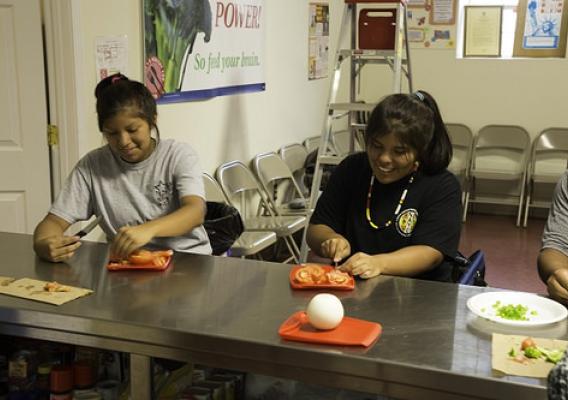March is National Nutrition Month. Throughout the month, USDA will be highlighting results of our efforts to improve access to safe, healthy food for all Americans and supporting the health of our next generation.
West Texans fighting food insecurity have a new resource to combat hunger. The West Texas Food Bank held the grand opening of their new 60,000 square foot location during a recent ceremony in Odessa.
In operation since 1985, the West Texas Food Bank saw the need for food grow exponentially in their communities, requiring them to expand their services. The new facility replaces the East 2nd Street building, and is a first-of-its-kind in West Texas. Thanks to generous donations from area philanthropists committed to fighting hunger locally, the facility will help meet the nutritional needs of more than 31,000 people living in poverty or food insecurity in Midland County, while serving 18 other West Texas counties. According to the West Texas Food Bank Executive Director, Libby Campbell, the new facility offers more program opportunities for seniors, children, families and the homeless.









